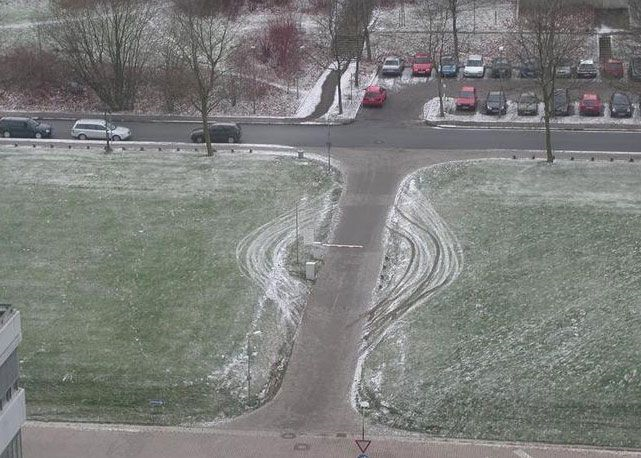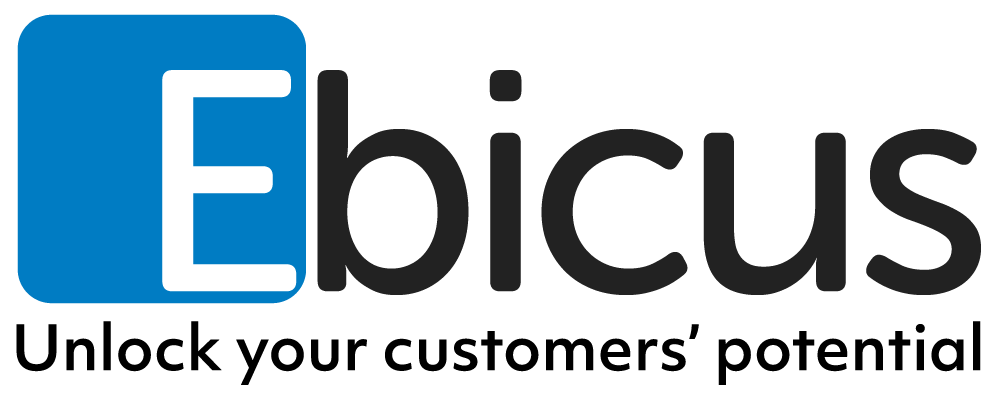Process Mining: Part IA brief introduction
Many organizations recognize the need to design, evaluate and understand their business processes. In the past decade, it has become commonplace for large organizations to use Business Process Modelling/Management (BPM) tools such as Oracle Business Process Management, enabling them to support and automate the processes that make their business tick. Simultaneously a big rise in Data Mining and Advanced Analytics has taken place. Organizations actively try to extract value from the data sources available to them.
A logical evolution of these developments was created in the area between BPM and Advanced Analytics. Traditional BPM tools allow to design and support processes but provide little actionable feedback on what happens in the daily reality of business. Insights into the actual process flow could close the missing part of a feedback loop, in which continuous improvement of processes can be achieved. What if data mining techniques could be used to gain an insight into the actual execution flows of business processes?
Enter Process Mining
A large amount of logging can be (or is already) generated by the systems that support the business. The purpose of Process Mining is to “reverse engineer” log data into human-readable diagrams portraying the actual sequence of events, as opposed to the designed versions. So why would we need this? This depends largely on the situation in which Process Mining is applied. The range is extremely wide. Below, several possible scenarios are explained.
Compliance Checking

Imagine an accounting department where strict separation of duties is required, due to legal restrictions or internal regulations. As known to most, people are very creative at finding ways to circumvent the rules, be it in an innocent way to make work faster or more efficient, or with malicious intent.
Log files of transactional systems may capture violations, but due to the inaccessible nature of large text-based logs they may remain under the radar. Process Mining allows for creation of quickly readable overviews on which appropriate action can be taken.
Process Improvement
A well known phenomenon is the “desire path” (“olifantenpaadje” in Dutch, see ). Entire books have been written on the human tendency to

find more efficient ways to walk, ride and cut corners, “improving” on designed roads. As the word indicates, these are ways users desire to use the system as opposed to the way the system would like users to behave.
Desire paths serve as a perfect metaphor for process improvement from Process Mining. Interesting insights could be obtained by mapping design onto reality and identifying the differences. It is very likely that user creativity is providing hints to improve efficiency, usability and bottlenecks in the systems analyzed. Unnecessarily long waiting time or other bottlenecks that can be avoided? Users will usually find ways to work around it. Operations that are unnecessary for a satisfactory result? Users will find ways to skip them. Process Mining could be used to check compliance of workarounds and show you the way to a more efficient way of working.
Customer Journey Exploration

Do you have a clear view on what happens to customers throughout their journey with your company? Your marketing systems, sales systems and service systems all have the ability to log events but most likely do so in human-unreadable text formats. Imagine a system that collects these logs in an automated fashion and generates flowcharts and other analytical information.
Which path makes a sale most likely? At which stage does most churn happen? Are there any unnecessary delays or bottlenecks? Are there any loops in the process? Are necessary steps or checks skipped? A wealth of input for process improvement becomes available.
Store Layout Analysis
Closely related to the previous, imagine an (online or physical) store where customers can add items to a basket and perform checkout, payment et cetera. With proper analysis tools it becomes feasible to map the most profitable or otherwise desirable paths through the store. Consequently, these paths can be promoted by means of layout changes.
The above list is by no means conclusive. Process Mining is still a relatively young area of expertise, with many applications still to be discovered. In the second part of this series we will have a quick look at some theoretical foundations of Process Mining, before diving into a hands-on example.
Stay tuned!
[ps2id id=’commentaren’ target=”/]
Als je in staat bent om de enorme hoeveelheden beschikbare data te analysen en deze inzichten real time in te zetten in het aankoopproces van jouw klant…. Wat zou dat doen met de effectiviteit van jouw marketinginspanningen? Wat zou dat doen met je verkopen?
Stay updated
Wij willen je graag op de hoogte houden van het nieuws rondom onze diensten die jou interesseren. Het enige wat je daar voor dient achter te laten zijn jouw mailadres en je voornaam. Vanaf dat moment zullen we je van tijd tot tijd een Ebicus update sturen.
